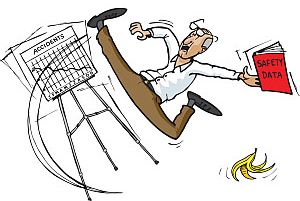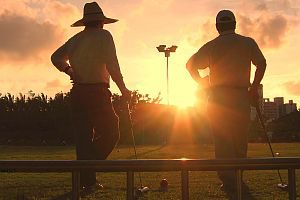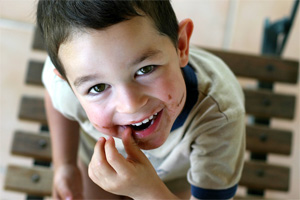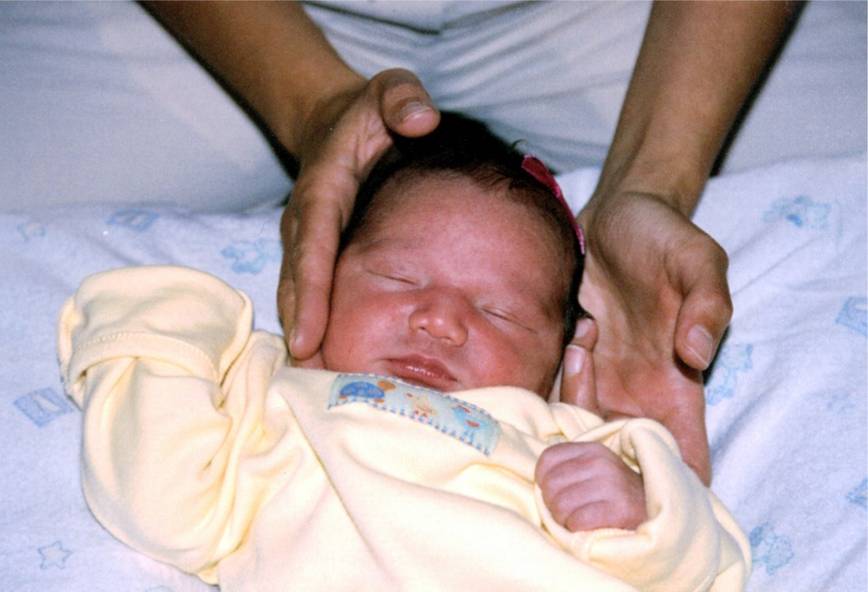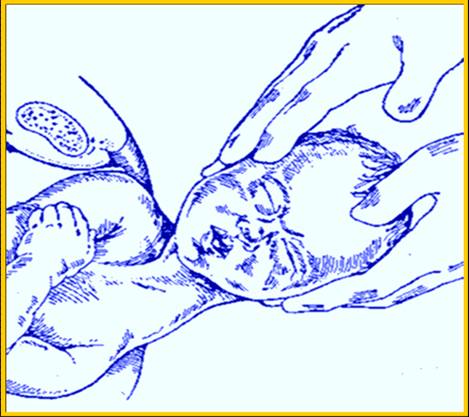The New Science of Slips and Falls: What the Research Tells Us
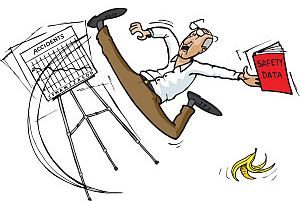 While we’ve all seen the old banana peel skit, slips and trips in the real world are no laughing matter. Simply falling to the floor or pavement from an upright position causes a great many serious injuries—and even deaths—each year. No one really knows for certain how many falls could actually be prevented, but the topic is of growing interest to a wide variety of people, from public health officials, designers, architects and community planners to business owners, workplace supervisors and employees. Senior citizens are perhaps the most at risk. The U.S. Centers for Disease Control and Prevention (CDC) presents several statistics that highlight this point:
While we’ve all seen the old banana peel skit, slips and trips in the real world are no laughing matter. Simply falling to the floor or pavement from an upright position causes a great many serious injuries—and even deaths—each year. No one really knows for certain how many falls could actually be prevented, but the topic is of growing interest to a wide variety of people, from public health officials, designers, architects and community planners to business owners, workplace supervisors and employees. Senior citizens are perhaps the most at risk. The U.S. Centers for Disease Control and Prevention (CDC) presents several statistics that highlight this point:
- One out of three older adults (those aged 65 or older) falls each year, but less than half talk to their healthcare providers about it.
- Twenty to thirty percent of people who fall suffer moderate to severe injuries such as lacerations, hip fractures, or head traumas. These injuries can make it hard to get around or live independently, and increase the risk of early death.
- Among older adults, falls are the leading cause of both fatal and nonfatal injuries. In 2010, about 21,700 older adults died from unintentional fall injuries. Over 95% of hip fractures are caused by falls. In 2010, there were 258,000 hip fractures.
- Many people who fall, even if they are not injured, develop a fear of falling. This fear may cause them to limit their activities, which leads to reduced mobility and loss of physical fitness, and in turn increases their actual risk of falling.
- In 2010, 2.3 million nonfatal fall injuries among older adults were treated in emergency departments and more than 662,000 of these patients were hospitalized. In 2010, the direct medical cost of falls, adjusted for inflation, was $30 billion.
Walking is a very complex activity, and science has only recently begun to understand the biomechanics involved. Shirley Wang wrote in a recent Wall Street Journal article, “Scientists are finding that maintaining stability and balance with each step we take requires complex coordination of foot placement, arm movement, trunk angle and neck and head motion.” At the same time, researchers are also learning how other factors like sloping, uneven or slippery surfaces and obstructions come into play. There are many variables to consider. Even when the body’s movements are perfectly coordinated, small things about environment can still foil our best efforts to remain upright.
We know from nervous system studies that the body is capable of reacting within milliseconds. Science has shown that a person’s balance is maintained by simultaneous feedback from the body’s visual system, proprioceptive system and inner ear. If one of these systems becomes less efficient or fails altogether, then the other two can usually compensate to keep us balanced. If two fail, then balance becomes far more difficult. Aging frequently leads to poorer eyesight and troubles with the inner ear, so it’s small wonder that seniors are more likely to fall.
Canadian researchers at Simon Fraser University used video cameras in a long-term care facility to see if seniors were right about “tripping” or “slipping” being the reasons for their falls. What they found was surprising. Tripping actually accounted for only 20% of events. The nearly 3-year study of 227 falls involving 130 people showed that the single largest cause (41%) was from improper weight shifting, such as leaning over too far. This seems to indicate a failure in the seniors’ proprioceptive system.
There are a few ways you can help to prevent slips and falls. Be sure to keep walkways clear of clutter, and consider adding non-skid material to flooring—especially to floors that are more likely to become wet. Maintaining your strength helps too. Upper body strength is particularly important for catching yourself before or during a fall. Even when there’s nothing to grab onto, having the sort of upper body strength that helps you to do push-ups can soften the blow to more sensitive parts of the body. Reaching out with hands and flexing elbows upon impact can slow the fall or stop it altogether. The late Jack LaLanne, fitness guru, was still doing fingertip pushups at age 93. Don’t say it can’t be done!
Balance requires that every part of the body works well together. Dr. Oblander can help you maintain this balance by ensuring you have a healthy spine and nervous system. He can also recommend specific exercises that maintain or increase your upper body strength. So if you or someone you care about is interested in avoiding slips and falls, we can help you take advantage of the latest research! Just call or visit our office today: 406-652-3553!
